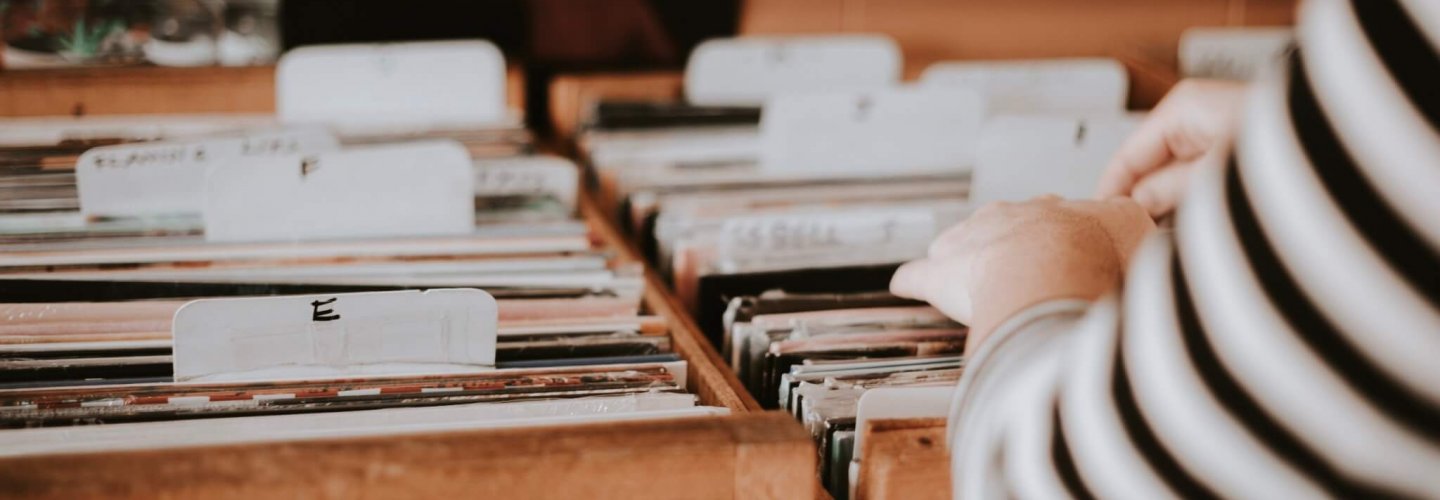Drake, Ed Sheeran and Rihanna, what is one thing they all have in common? They have all used samples in their music. Sampling as we know it today has been around since the late 70’s and early 80’s. Hip-Hop artists would use breakbeats which would be taken from funk music because the rhythm was good for getting people dancing and for MC’s to rap over. Nowadays, tracks sample anything from breakbeats to quotes from movies and tv shows. It’s important that you understand what you can and can’t do when it comes to sampling and arranging. This guide aims to help you gain a better understanding of the do’s and don’ts of sampling and arranging.
What Is Arranging?
When you arrange a track that has already been released, you are changing the tracks structure, to either add, change or even remove some aspects of the music. This has been done so successfully over the years that some tracks you may think are originals, they are in fact arrangements of the earlier version. For example, Johnny Cash’s ‘Hurt’ is actually a cover of Nine In Nails.
If you are planning on arranging an already released track, there are some points that you will need to consider.
When arranging a pre-existing piece of music, you will need to obtain permission from the copyright owner. If you do not gain permission you will not be able to do the following to the track:
- Change any of the instrumentation
- Alter the track in any way.
- Use the arrangement in a performance.
- Record and release the arrangement for a commercial or non commercial product (CD, Mp3, etc)
- Print the arrangement for a commercial sale.
What Is Sampling?
Sampling is when you take a portion of a song, be it a lyric or instrument, and then you reuse it as an instrument or part of a new recording in your track.
If you wanted to include a sample in your track, below are some steps you should take:
- Contact the copyright holder
- Agree the share of the royalties
- Register your work with your collection society
- Include the rights holders names and their agreed share when you register your track.
The UK’s collection society PRS for Music have also provided some guidelines for using samples.
So, you’ve created a track in which you have used some samples, you have followed all of the steps above and the track has been cleared. It is vitally important that if you are looking for your track to be put forward for synchronisation opportunities, you tell your Publisher, Sync Agent or the Music Supervisor that your track contains samples and they have been cleared. If you send a track to a Music Supervisor that has uncleared samples in it and they go ahead and use it in a tv show, advert or film then this could result in some serious legal issues. Not only this, but you’ll end up damaging your professional relationships in the industry. Therefore, it is important you avoid this situation by properly clearing your samples.
This guide has provided the basic do’s and don’ts of sampling and arranging. However, if you have any doubts when you are using a piece of music that someone else owns you should seek legal advice or speak to an organisation like PRS or PPL.

